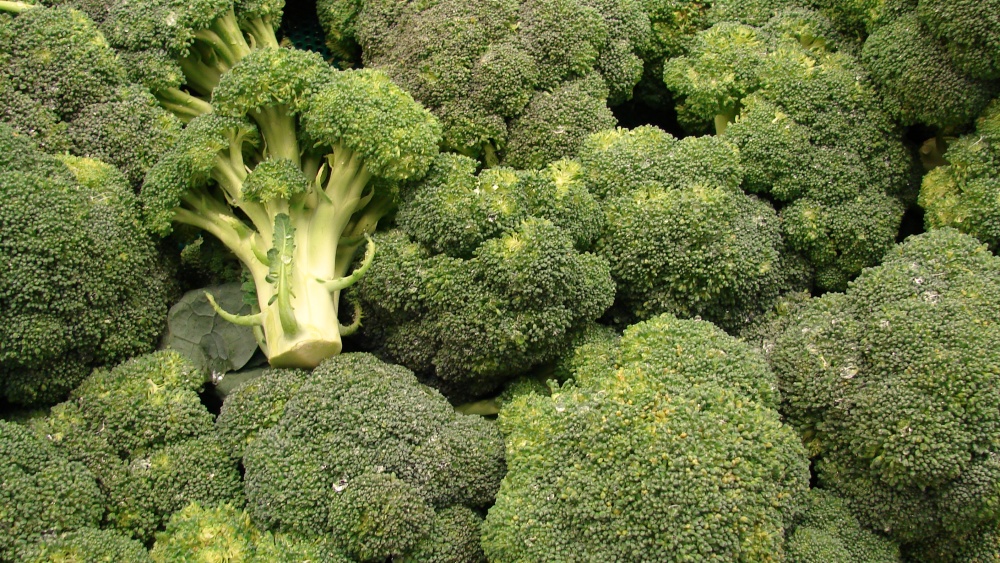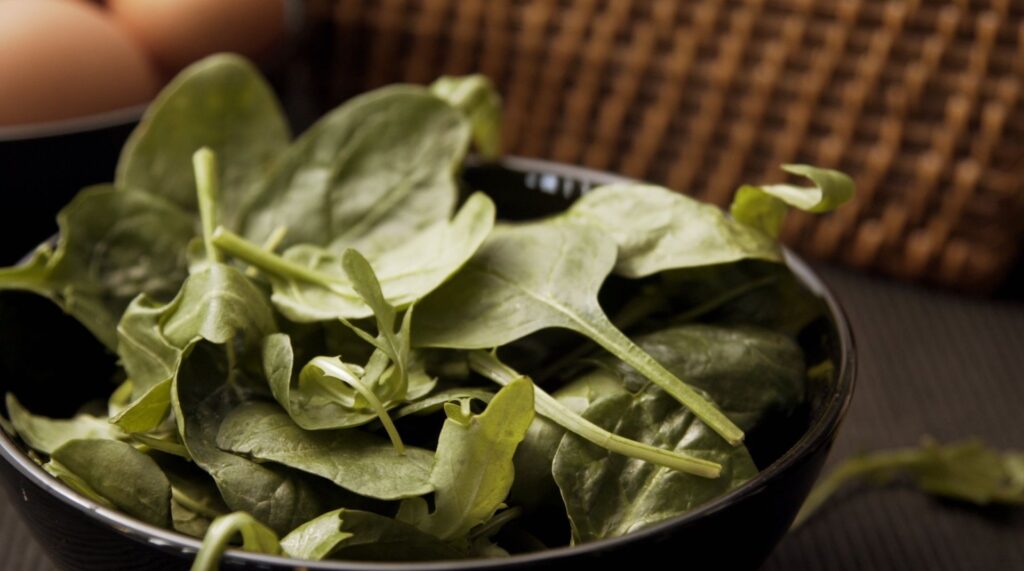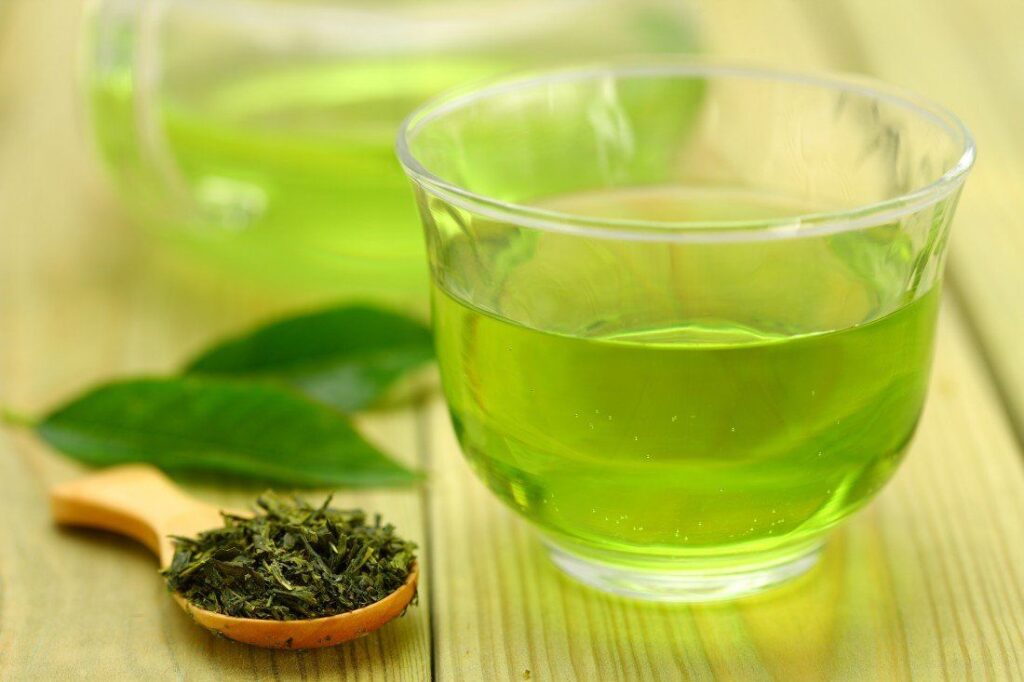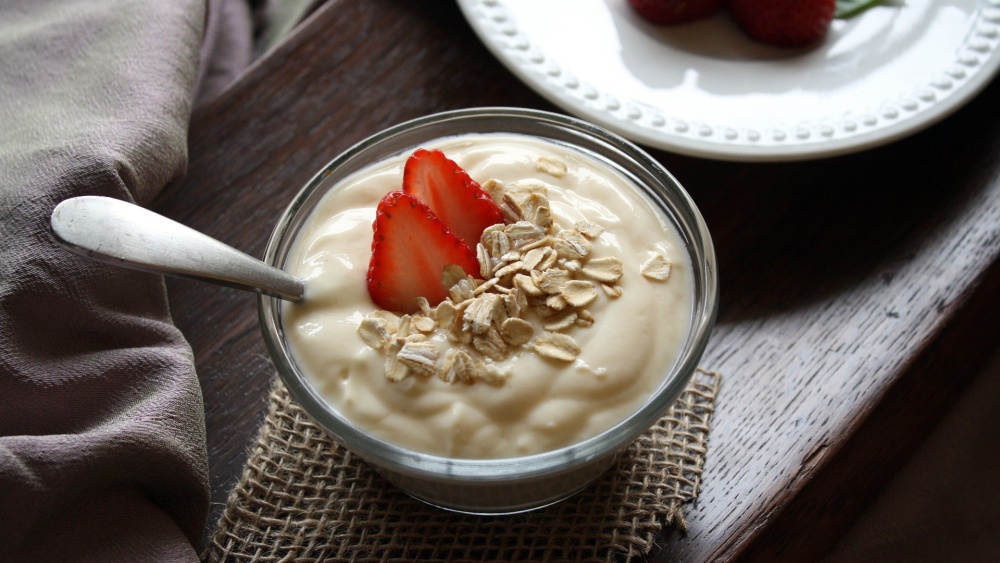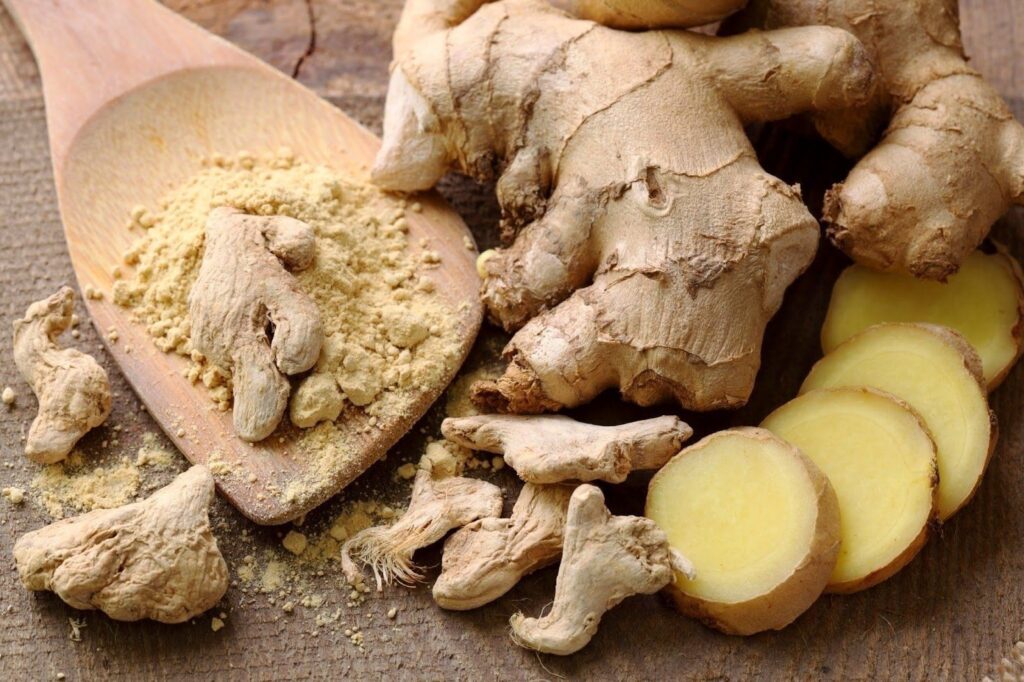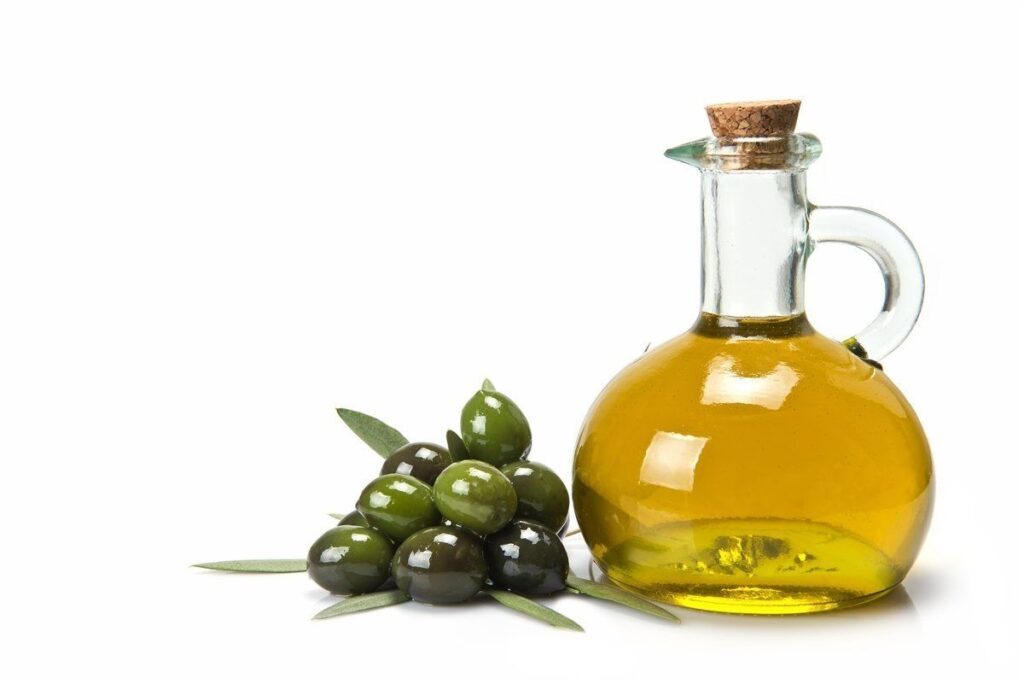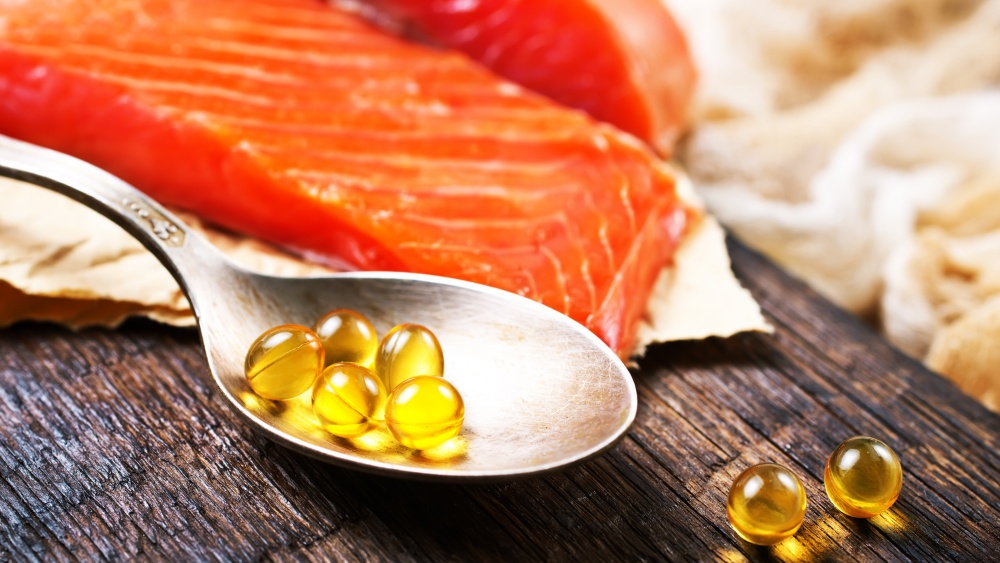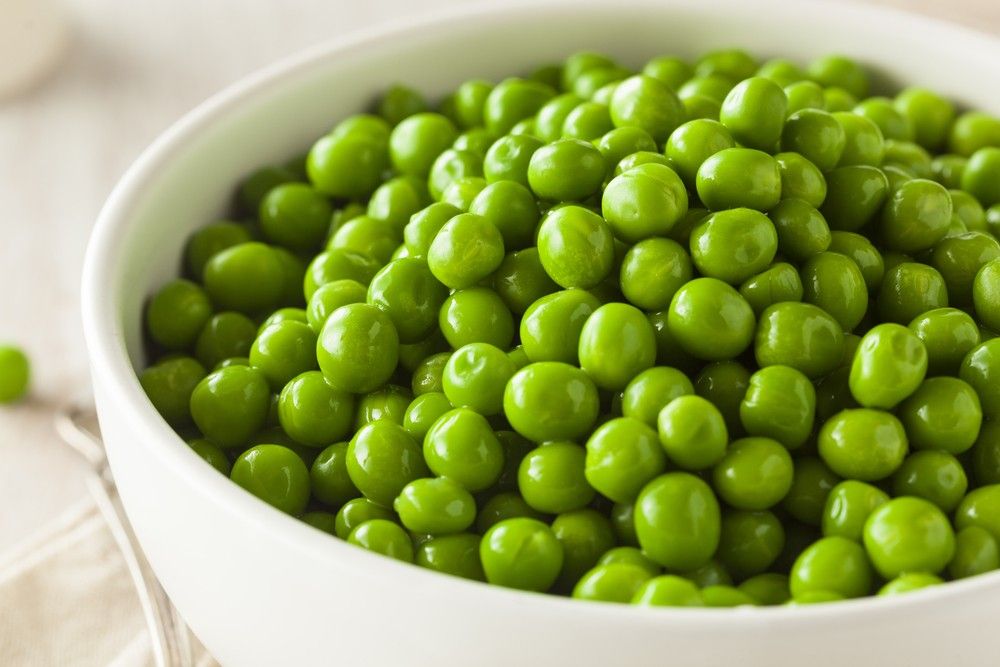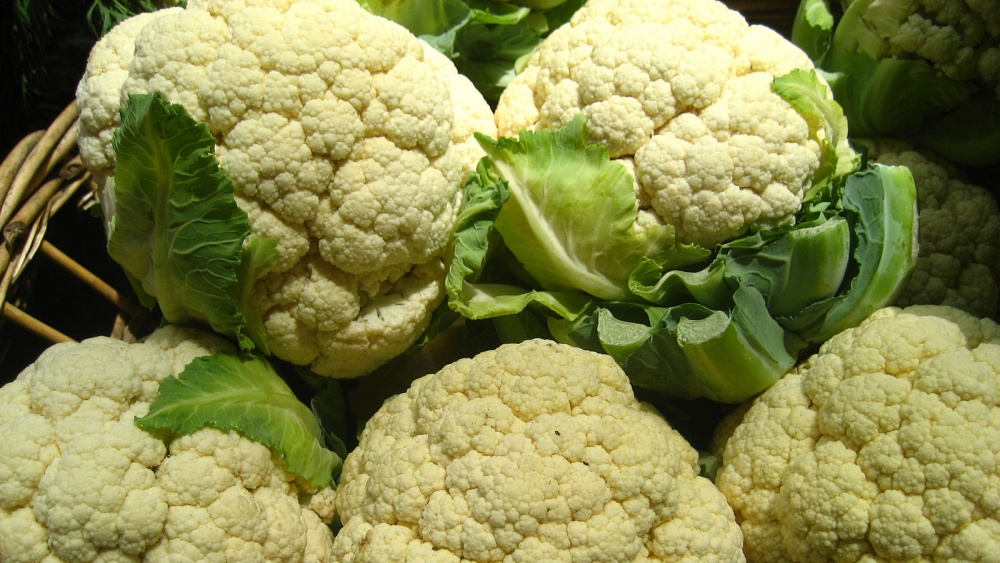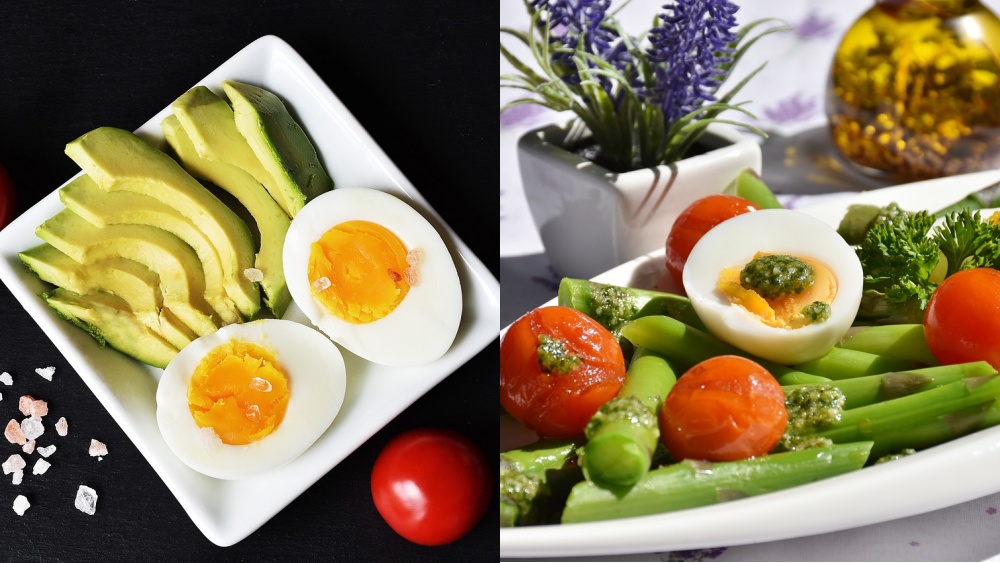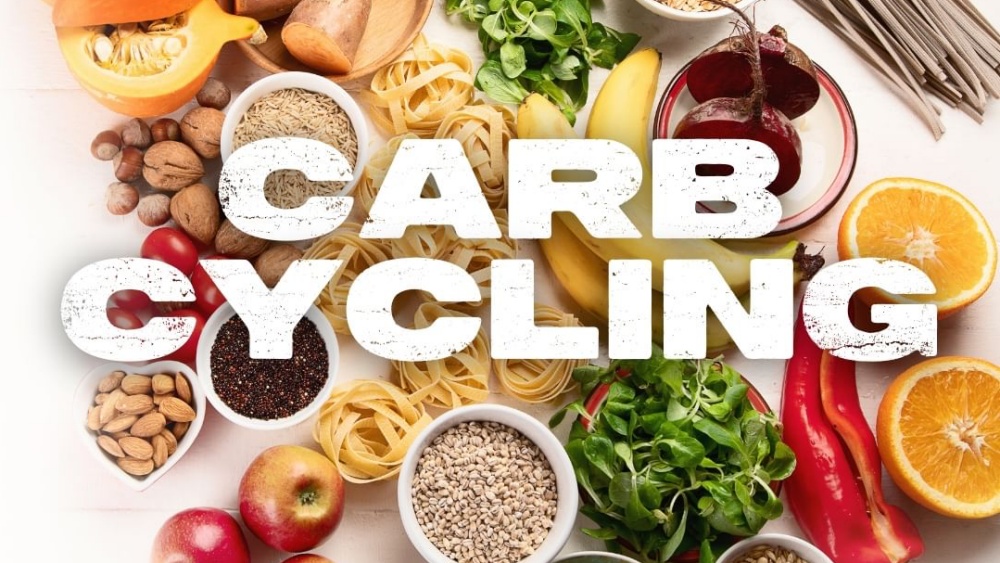Some foods are more nutritious than others, but the term “superfoods” was created for strictly marketing purposes. The practice goes as far back as a century ago when the United Fruit Company ran a marketing campaign that highlighted the health benefits of bananas. This led to bananas becoming the first food to be labeled a superfood.
While many nutrient-rich foods give you more macronutrients and micronutrients than others, workout enthusiasts all know that the healthiest diets are balanced and diverse, not based only on superfoods. This article will examine some of the top superfoods that deserve the designation.
25 Most Nutritious Superfoods
Ready to find out what the most nutrient-rich superfoods are? Let’s jump right into our list:
1) Dark Leafy Vegetables
Dark leafy greens are loaded with micronutrients like calcium, magnesium, iron, fiber, vitamin C, zinc, and folate. They also contain carotenoids, which have anti-inflammatory properties that help prevent certain types of cancer. Making dark leafy vegetables a part of your diet also reduces your risk of chronic health issues like type 2 diabetes and heart disease.
Examples of popular green leafy veggies include collard greens, spinach, kale, turnip greens, and Swiss chard. Some of these greens have bitter tastes, but you can make them more palatable by adding them to your smoothies, curries, salads, and soups.
2) Eggs
Eggs are the most controversial superfood since they were viewed as unhealthy decades ago due to their high cholesterol content. However, research shows that consuming six to twelve eggs per week doesn’t increase a person’s risk of diabetes or heart disease. Interestingly, consuming eggs can help increase “good” cholesterol levels, reducing the risk of heart disease.
Eggs are rich in micronutrients like phosphorus, iron, vitamin A, selenium, choline, and B vitamins. Eggs are also an excellent source of protein and they contain antioxidants like zeaxanthin and lutein, which are known to protect eye health and vision.
3) Berries
Berries are one of the best sources of antioxidants, fiber, minerals, and vitamins. The antioxidants found in berries are known to reduce the risk of inflammatory health issues, cancer, and heart disease. Consuming berries can also help to treat immune system and digestive disorders.
Some of the more nutrient-rich types of berries include strawberries, raspberries, blackberries, blueberries, and cranberries. Berries are generally delicious, so you can enjoy them on their own or add them to your smoothies, salads, or desserts.
4) Legumes
Legumes are a plant food class that includes peanuts, alfalfa, peas, lentils, and beans. They are classified as superfoods because they’re nutrient-rich and help to prevent and manage various health issues. Legumes are generally rich sources of protein, fiber, and B vitamins.
Research shows that consuming legumes can help improve blood sugar regulation and reduce blood pressure and cholesterol. Making them a regular part of your diet can also help with weight management. Legumes make you feel fuller for longer periods, making you less likely to overeat.
5) Green Tea
Green tea is a lightly caffeinated beverage that comes with many medicinal benefits. It’s rich in polyphenolic compounds and antioxidants that have powerful anti-inflammatory effects. One of the most significant antioxidants in green tea is catechin epigallocatechin gallate (EGCG). It is believed EGCG protects against chronic diseases like cancer, diabetes, and heart disease. The combination of caffeine and catechins in green tea help to lose weight.
6) Kefir/Yogurt
Kefir is a beverage made out of fermented milk. It’s an excellent source of probiotics, potassium, B vitamins, and protein. It’s a lot like yogurt, but contains more probiotic strains and has a lighter consistency.
Probiotic-rich foods like yogurt and kefir provide health benefits like improved digestion, lowered blood pressure, and reduced cholesterol. These foods also have anti-inflammatory properties. While kefir is made from cow’s milk, it’s tolerated by lactose intolerant people since the lactose is fermented while it’s being made. Look for kefir or yogurt with no added sugars if you’re purchasing commercially prepared products.
7) Ginger
Ginger is a root that is used to enhance the flavor of foods and its medicinal effects. It’s rich in antioxidants like gingerol that is plays a significant role in the health benefits associated with it. Adding ginger to your diet helps to alleviate the pain caused by chronic inflammatory health issues and reduces your risk of developing health issues like some types of cancer, dementia, and heart disease.
Ginger can be added to a wide range of foods and beverages like cookies, soups, stir-fries, teas, sauces, and malt drinks.
8) Nuts And Seeds
Nuts and seeds are good sources of plant-based protein, healthy fats, and fiber. They also contain antioxidant and anti-inflammatory compounds that protect your body against oxidative stress. Making seeds and nuts a part of your diet protects against heart disease.
Examples of healthy nuts and seeds include peanuts (technically a legume), pecans, almonds, cashews, walnuts, sunflower seeds, chia seeds, hemp seeds, flax seeds, and pumpkin seeds.
9) Garlic
Garlic is closely related to shallots, leeks, and onions. It’s a great source of fiber, selenium, vitamin B6, vitamin C, and manganese. Garlic is usually added to food to improve flavor, but it’s also been used for its medicinal properties for centuries.
Research shows that garlic helps to reduce blood pressure and cholesterol. It also supports the immune system, reduces the risk of heart disease, and can help to prevent certain cancers.
10) Olive Oil
Olive oil is one of the staples of the Mediterranean diet and it’s extracted from the fruit of the olive tree. It contains high levels of polyphenolic and monosaturated fatty acids that help protect against health issues like diabetes and heart disease. They also help to reduce inflammation in the body.
Olive oil also contains antioxidants like vitamins E and K, which reduce the damage caused by oxidative stress.
11) Salmon
Salmon is an extremely nutritious species of fish that are an excellent source of omega-3 fatty acids, selenium, potassium, B vitamins, and healthy fats. Making it a regular part of your diet helps to maintain a healthy weight while reducing your risk of diabetes and heart disease.
The omega-3 acids in salmon help to reduce inflammation and improve cognitive function. The biggest drawback of consuming fish like salmon is the risk of contaminants like metals and other pollutants. You can prevent potential negative effects from these pollutants by limiting your consumption of fish to no more than three servings per week.
12) Turmeric
Turmeric is a spice from India that’s related to ginger. It’s used to improve the flavor of foods and has medicinal benefits. It contains a compound called curcumin that has powerful anti-inflammatory and antioxidant effects. Studies show curcumin can be effective at preventing and treating chronic disorders like diabetes, heart disease, and cancer.
Turmeric also helps to reduce pain and promotes healing. It isn’t well absorbed by the body, but that can be improved by consuming it with other spices like black pepper or pairing it with fats.
16) Seaweed
Seaweeds are nutrient-dense sea vegetables. These vegetables are an excellent source of micronutrients like iodine, folate, fiber, and vitamin K. They contain unique bioactive chemicals that aren’t in land vegetables and it’s believed these compounds reduce the risk of diabetes, obesity, heart disease, and cancer. These compounds are also antioxidants, reducing inflammation all over the body.
17) Avocado
Avocados are nutritious fruits that are often treated more like vegetables than fruits. They are rich in nutrients like healthy fats, minerals, fiber, and vitamins. Just like olive oil, avocados are rich in monosaturated fats, which reduce inflammation in the body. Making avocados a regular part of your diet reduces your risk of getting certain types of cancer, metabolic syndrome, diabetes, and heart disease.
Avocados can be added to salads, soups, sauces, sandwiches, or eaten whole to enjoy their many benefits.
18) Sweet Potatoes
Sweet potatoes are root vegetables that are rich in nutrients like vitamins A and C, fiber, and potassium. They are also loaded with carotenoids – antioxidants that reduce your risk of some cancers. Sweet potatoes have a sweet flavor that makes them enjoyable, but consuming them doesn’t raise your blood sugar level significantly. Eating sweet potatoes improves the blood sugar control of people dealing with diabetes.
19) Mushrooms
The nutrient content of mushrooms varies quite a bit depending on the type. Some of the more commonly consumed varieties of mushrooms include crimini, shiitake, portobello, oyster, and button. Most mushrooms contain antioxidants, fiber, potassium, and vitamin A.
The unique antioxidants in mushrooms help with inflammation and reduce the risk of developing some cancers.
20) Carrots
Carrots get their orange color from a compound called beta-carotene. These chemical helps to prevent cancer and your body converts it to vitamin A. Just one cup of carrots gives you all the vitamin A your body needs in a day.
Studies also show that consuming carrots regularly can reduce the risk of lung cancer. Other key nutrients that carrots are rich in include vitamins C and K, and potassium.
21) Green Peas
Green peas are starchy vegetables that fall under the legume umbrella. They are rich in carbs, so they impact blood sugar levels when consumed in large quantities. They are a nutrient-dense food with a single cup of peas containing 9 grams of protein and fiber.
Green peas are also rich in micronutrients like vitamins A, C, and K, thiamine, riboflavin, folate, and niacin. The fiber in them helps to improve the bacteria profile in your gut and promotes healthy bowel movements. Fiber also helps to keep you feeling fuller for longer periods, making you less likely to overeat.
Peas are also rich in saponins, plant compounds that help to prevent cancer. Some research also indicates these saponins might reduce cancer cell death and tumor growth.
22) Beets
Beets are root vegetables that are rich in manganese, folate, and fiber. They’re also low in calories, making them weight-friendly vegetables.
Beets are an excellent source of nitrates that your body converts into nitric oxide. Nitric oxide helps to keep blood vessels dilated, improving blood flow throughout the body and reducing blood pressure. Lower blood pressure leads to a lower risk of heart disease.
Beet juice is also known to help improve athletic performance and endurance, making them a superfood athletes should add to their grocery list.
23) Red Cabbage
Red cabbage is a cruciferous vegetable that’s loaded with antioxidants. A cup of red cabbage contains two grams of fiber and half of your daily vitamin C needs. It also contains anthocyanins, plant compounds that give it its red color, which has health benefits.
Some of the health benefits of anthocyanins are a reduction of oxidative stress and bad cholesterol.
24) Cauliflower
Cauliflower is a great source of protein, fiber, and other important nutrients like vitamin K. A single cup provides about three grams of protein and three grams of fiber.
Cauliflower also contains isothiocyanates and glucosinolates, plant compounds that help to prevent cancer. It’s an excellent low-calorie substitute for ingredients like flour, potatoes, and rice. Studies also show consuming cauliflower regularly helps with weight loss.
25) Broccoli
Broccoli is a rich source of glucosinolate and sulforaphane. These plant compounds help to protect against cancer and other chronic health problems like heart disease. A cup of broccoli contains about 90 percent of the vitamin C you need daily and about 77 percent of your daily vitamin K.
Broccoli is also rich in other nutrients like potassium, manganese, and folate. It’s a rich fiber source, so it helps with digestive function.
It’s About Balance
The key to getting the most out of the superfoods listed above is by consuming balanced meals. Superfoods aren’t the only foods your body needs. You still need to make sure you’re getting enough protein, carbohydrates, and healthy fats to meet your health goals while limiting your consumption of unhealthy foods.
For instance, you won’t get to enjoy the benefits of these superfoods as much if you consume lots of unhealthy processed foods or have bad habits like smoking. Plan your macros (protein, carbs, and fat), try to add some superfoods to most of your meals, and stay away from foods and beverages you know are bad for you.
You may also like:
Here’s Everything You Need to Know About The Pescetarian Diet
